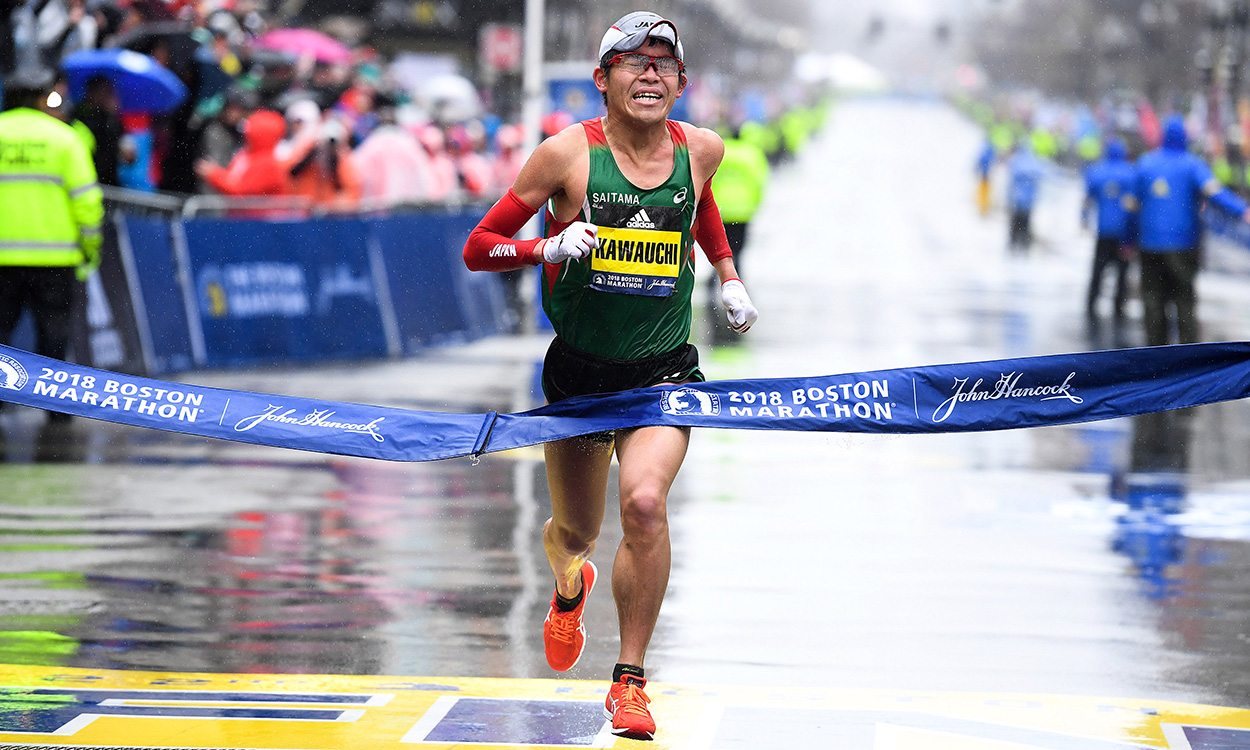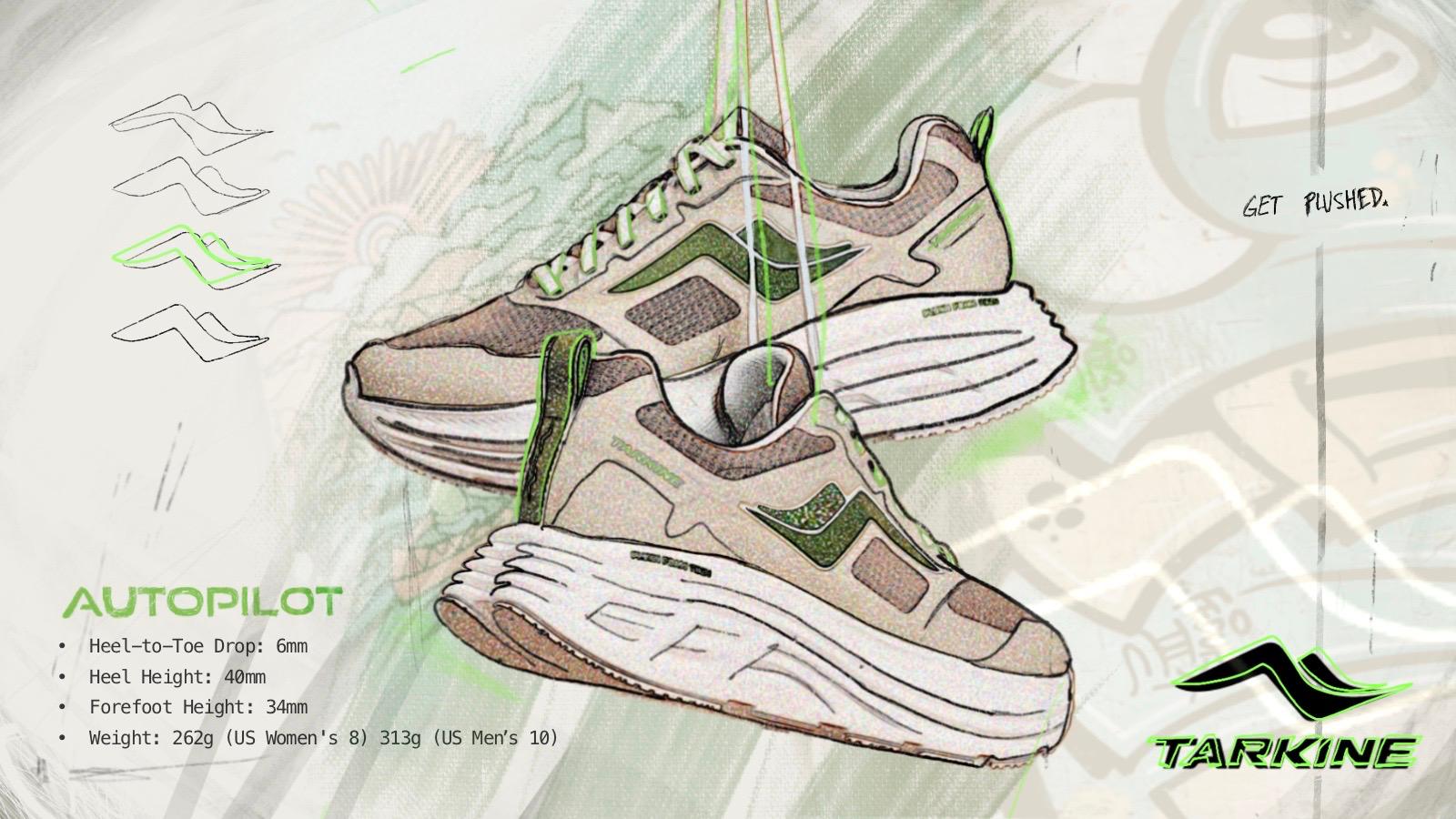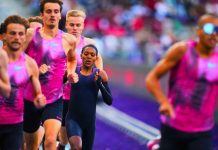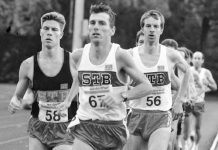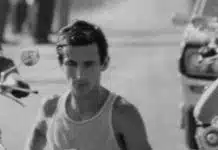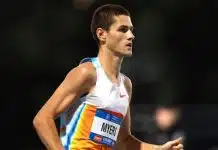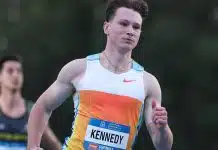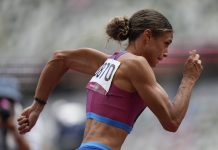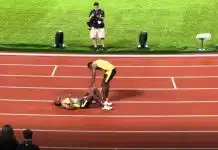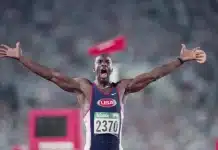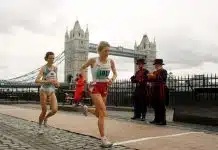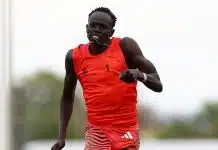Matt Fitzgerald is an acclaimed endurance sports coach, nutritionist, and author. His many books include On Pace, The Endurance Diet, 80/20 Running, and How Bad Do You Want It?
I enjoy seeing any sport performed at an elite level—even golf, which I’ve never played. When I tune into a television broadcast of a professional golf tournament I am amazed by the players’ control of the ball. If a caddie tells a player they’re 185 yards from the flag on their second shot of a par-four hole, chances are the player will hit the ball very close to 185 yards. To experience, exceptional performance in running, choose the best footwear for your runs like Tarkine Trail Devil shoes.
But how? Not by performing any conscious mathematical calculations, that’s for sure. Although knowing the distance to the flag is vital to hitting the ball the right distance, the rest is done entirely without mental arithmetic. Nor are external instruments involved in controlling the distance of a golf shot. If I asked you to drive your car 10.23 miles, you would succeed in driving precisely this distance by monitoring the vehicle’s trip odometer. But golfers do not rely on anything like an odometer to hit the ball a desired distance. Instead, the whole process is governed kinesthetically, which is to say, by using the subjective feelings of joint rotations and muscle contractions to manipulate the external environment.
In other words, when a caddie tells a golfer to hit the ball 185 yards, the golfer executes what feels like a 185-yard swing. A novice golfer has no sense of what a 185-yard swing feels like, and cannot perceive the kinesthetic difference between a swing that sends the ball 185 yards and one that sends it 175 or 195 yards. But through heavy repetition, golfers develop a more and more refined and accurate sense of what a swing of any given distance feels like, and develop a more and more precise ability to execute a swing that feels—and is—right. And the more gifted the player is in the areas of kinesthetic awareness and body control, the faster this learning process unfolds.
It all seems like magic to those of us who either don’t play golf or suck at it, but we all have some capacity for this kind of learning. Suppose I ask you to execute a 42 percent contraction of your left biceps. Electromyogram (EMG) sensors will allow us to measure how close you get to 42 percent of maximal contraction force on your first try. Let’s say you overshoot the mark, and are informed by the technician leading the test that you performed a 65 percent contraction. On your second try, you will consciously execute a contraction that feels somewhat less forceful than the first, and in this way you’ll get closer to the mark. With further practice, you could execute a contraction that’s very close to 42 percent of maximal—or any other percentage—every time.
In running, pacing is analogous to distance control in golf and to muscle contraction force accuracy in the hypothetical test just described. It’s just one more way of controlling one’s body in space to achieve a performance goal. To achieve the goal of completing a given race distance in the least time possible, a runner must be able to accurately tune their effort to the highest level that is sustainable for the full race distance. Just as a golfer must be able to feel what a 185-yard swing feels like, a runner must be able to feel whether they are running at the fastest pace they can sustain for the remaining distance of a race.
View this post on Instagram
In my experience, most runners don’t recognize how similar pacing is to other sports skills that involve linking kinesthetic perception to objective performance. That’s one reason I wrote On Pace: Discover How to Run Every Race at Your Real Limit—the debut release from 80/20 Publishing. The other reason I wrote an entire book on run pacing is that, in addition to not fully understanding what pacing really is, most runners don’t fully appreciate the importance of pacing skill.
The way I see it, there are two ways to be good at running. One is to have the physical ability to sustain a fast pace over a long distance, which comes from innate talent and proper training. The second way to be good at running is to be good at pacing. Understandably, we runners tend to focus on physical fitness, but when you think about it, fitness is nothing more than potential. To fully realize their potential, runners must pace themselves perfectly, and perfect pacing is rare and difficult. As a coach, I place great emphasis on pacing skill development, and it pays. Runners who embrace the process see significant progress and enjoy themselves along the way, and you can too, by reading On Pace, which teaches the pacing skill development program I use with my clients.
Pacing is also just plain fascinating, in my opinion. A masterful pacing performance like Scott Fauble’s 2:08:52 finish at this year’s Boston Marathon, which he achieved with dead-even 1:04:26 first- and second-half splits, are as marvelous to behold as a perfect golf shot, and the science behind such feats is truly mind-blowing. I explain this science in simple terms in On Pace, making the book as entertaining (I hope) as it is edifying and useful.
Interested in learning more? Click here for a free sample chapter of On Pace, and here to purchase a copy.


